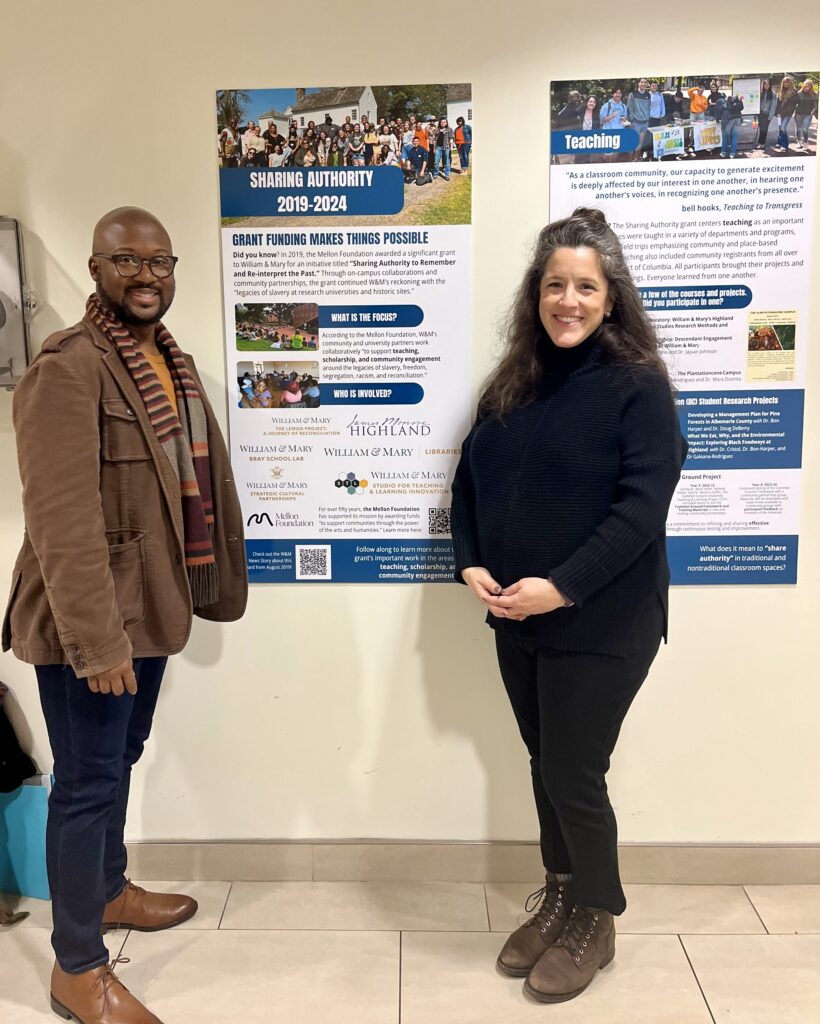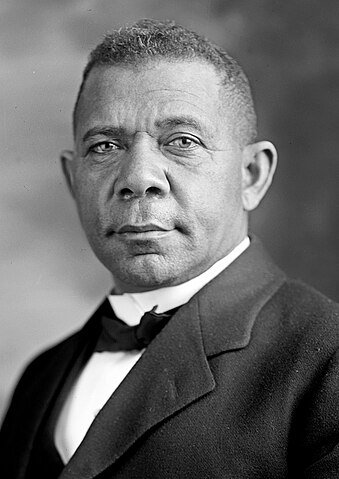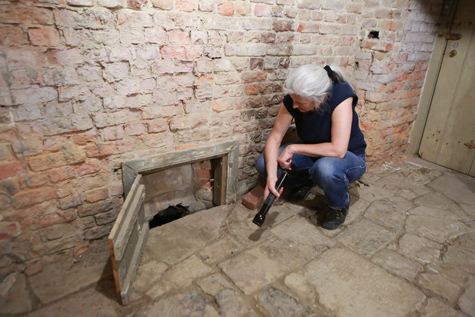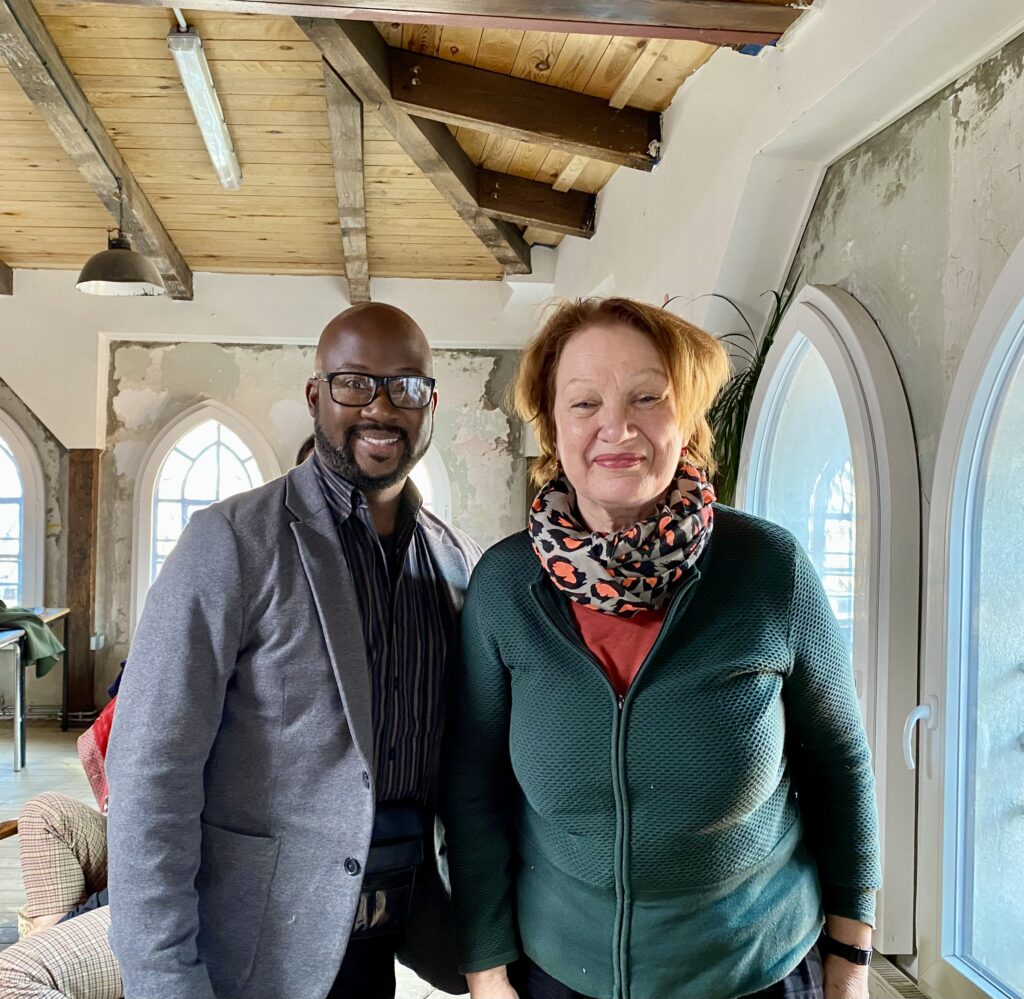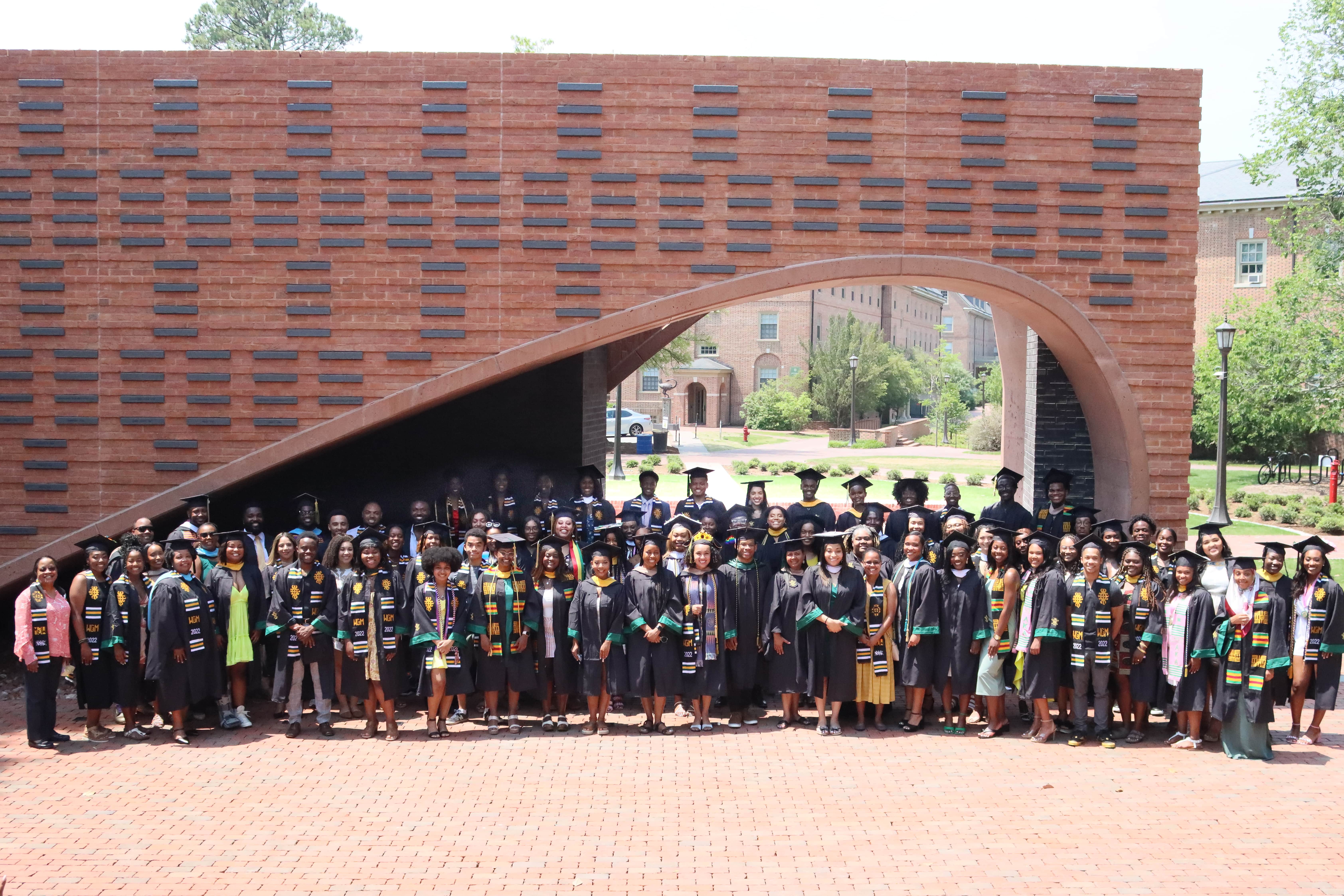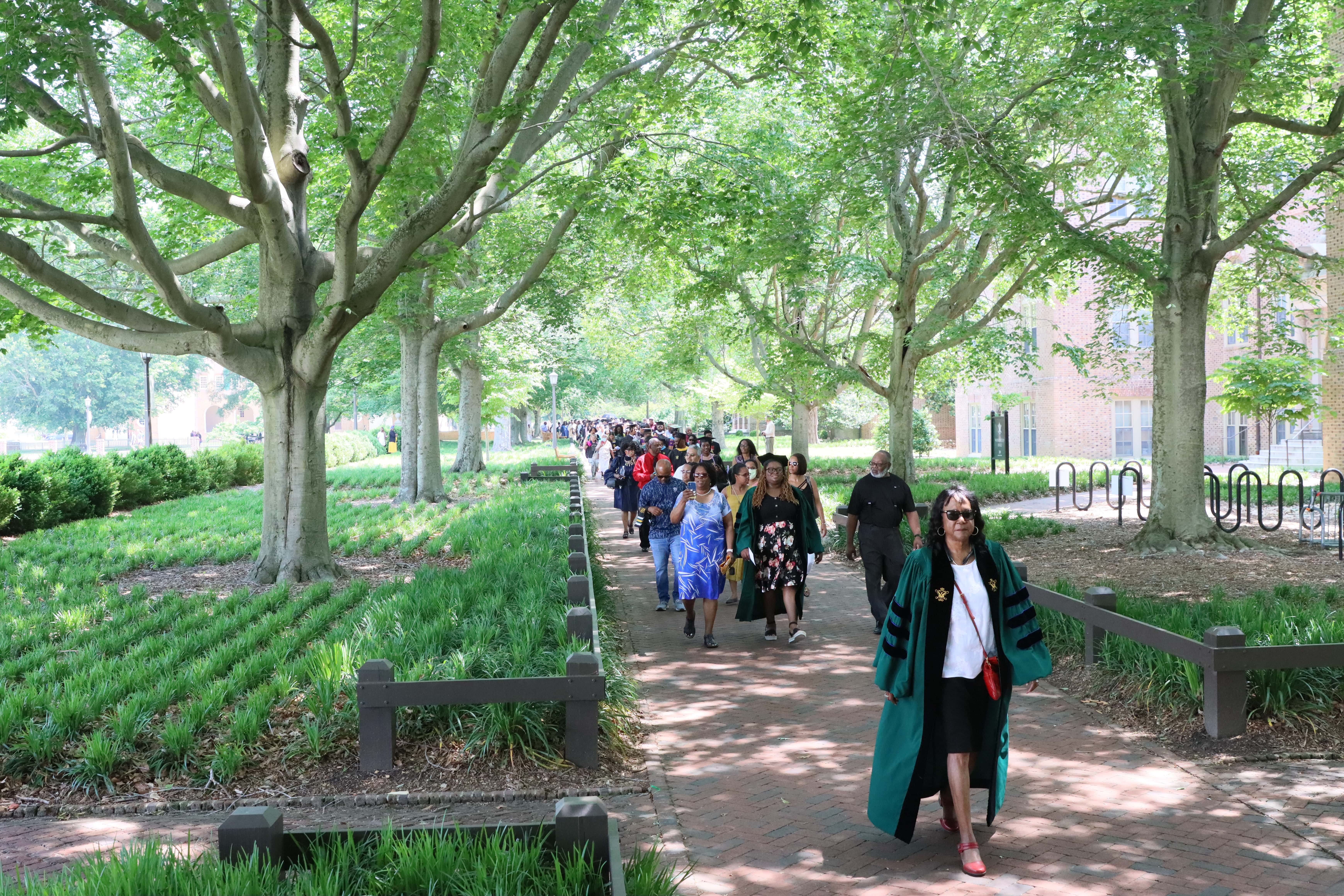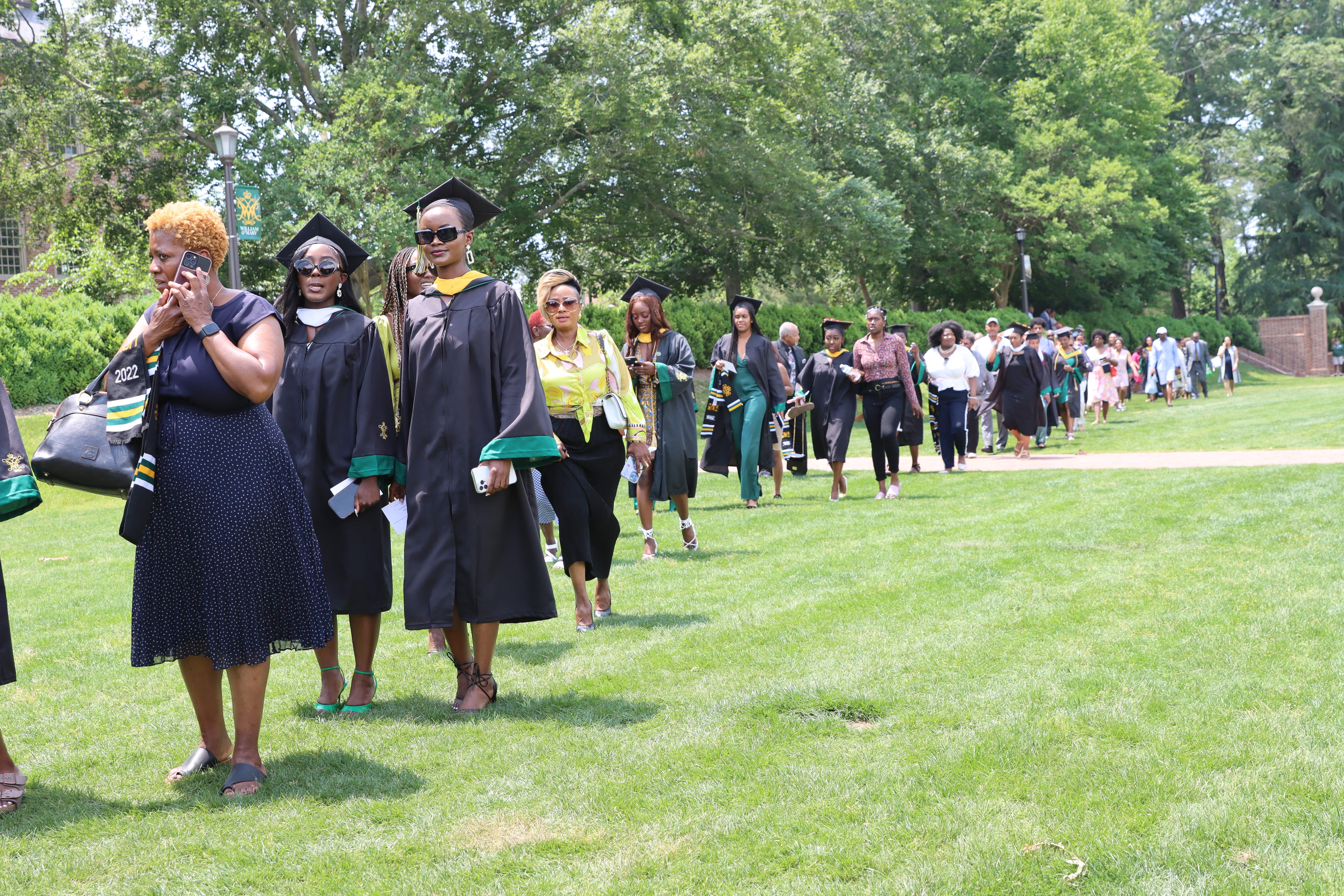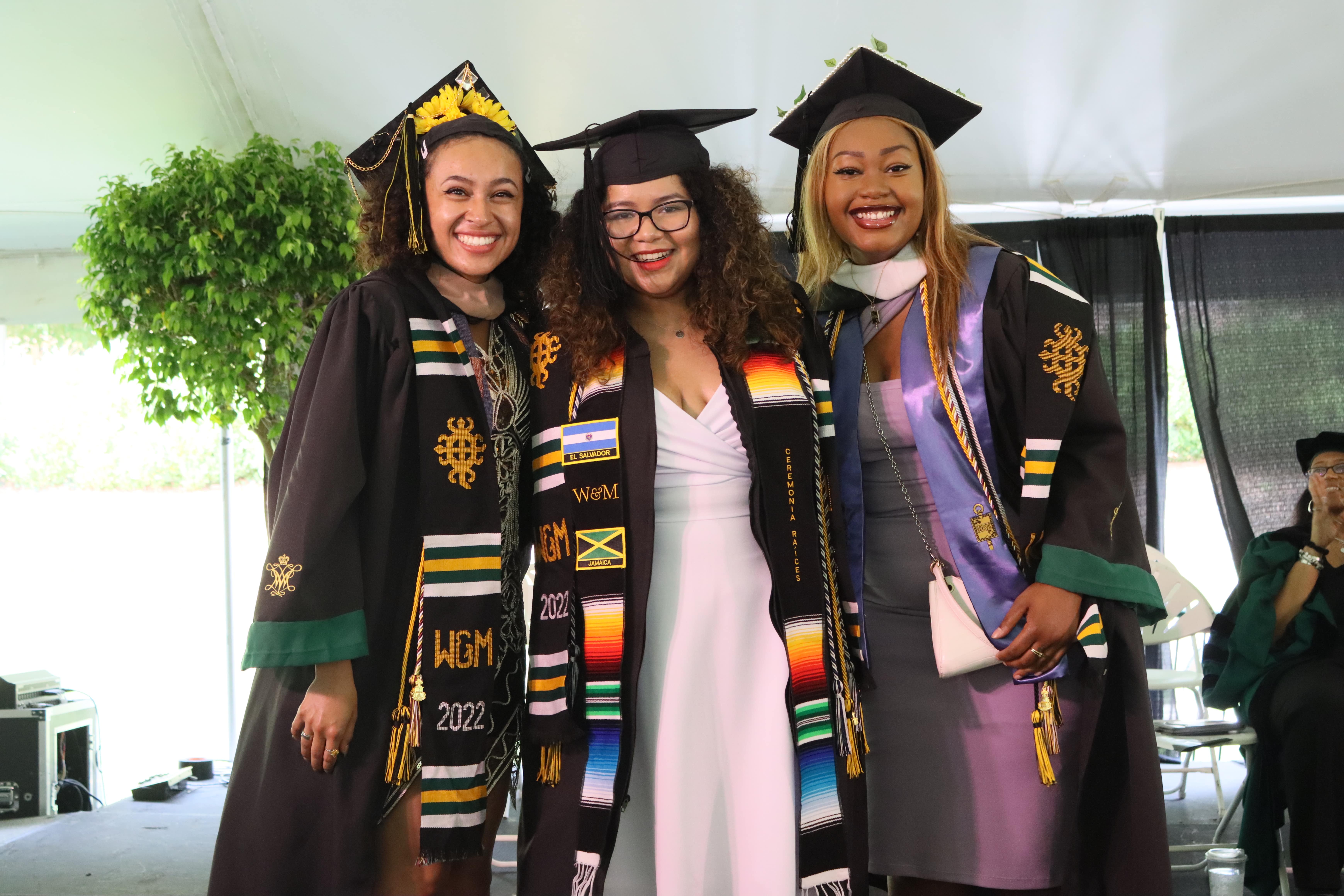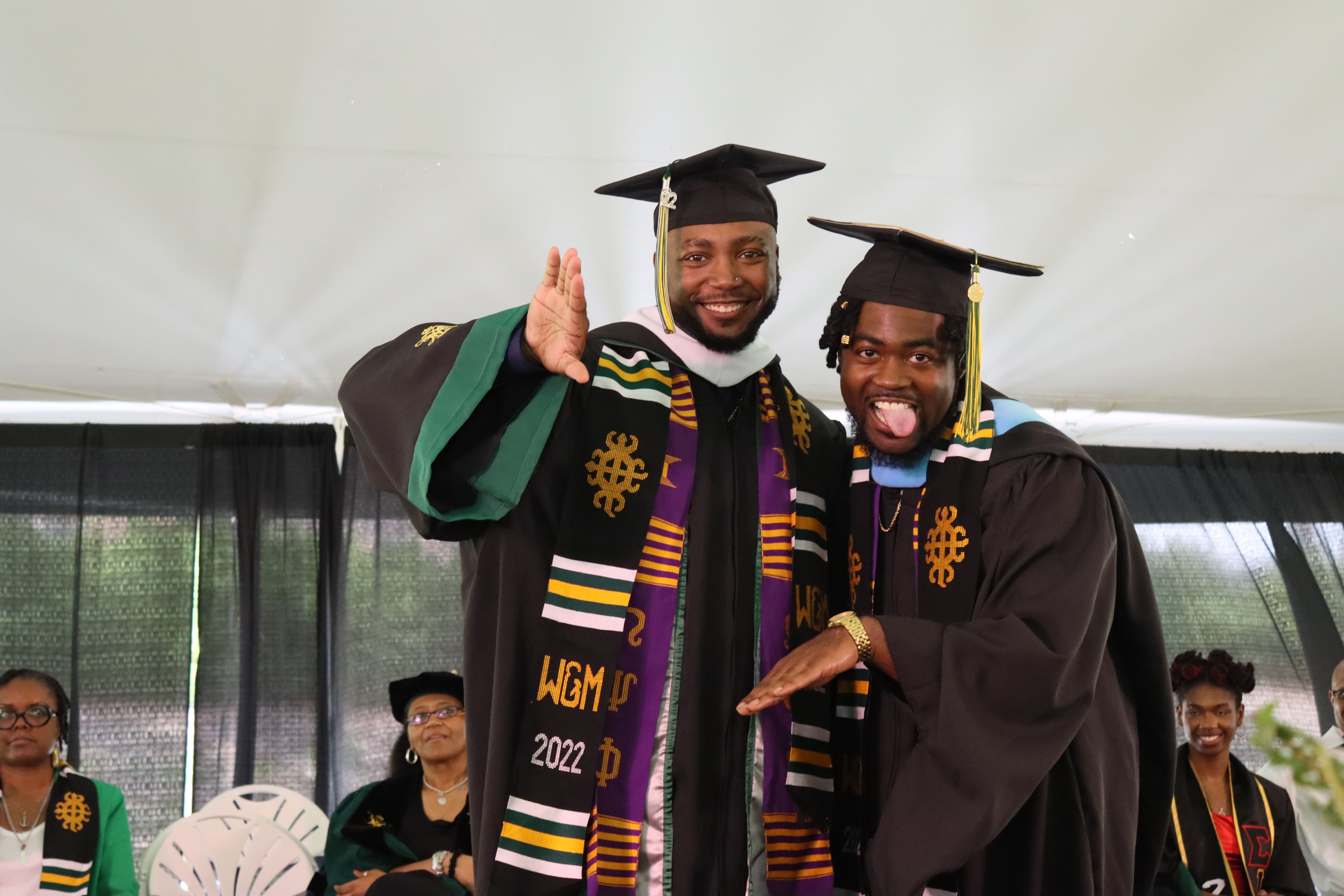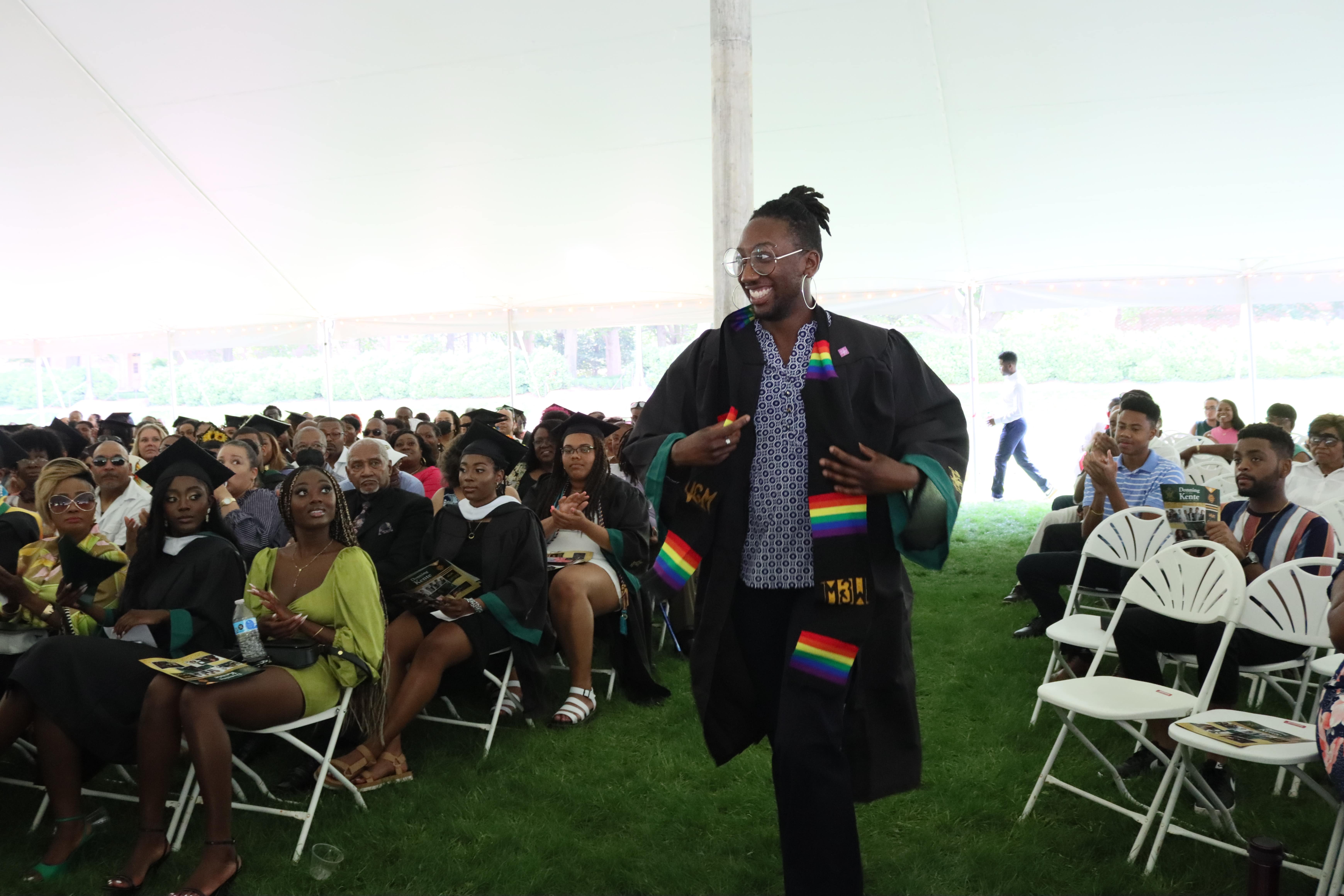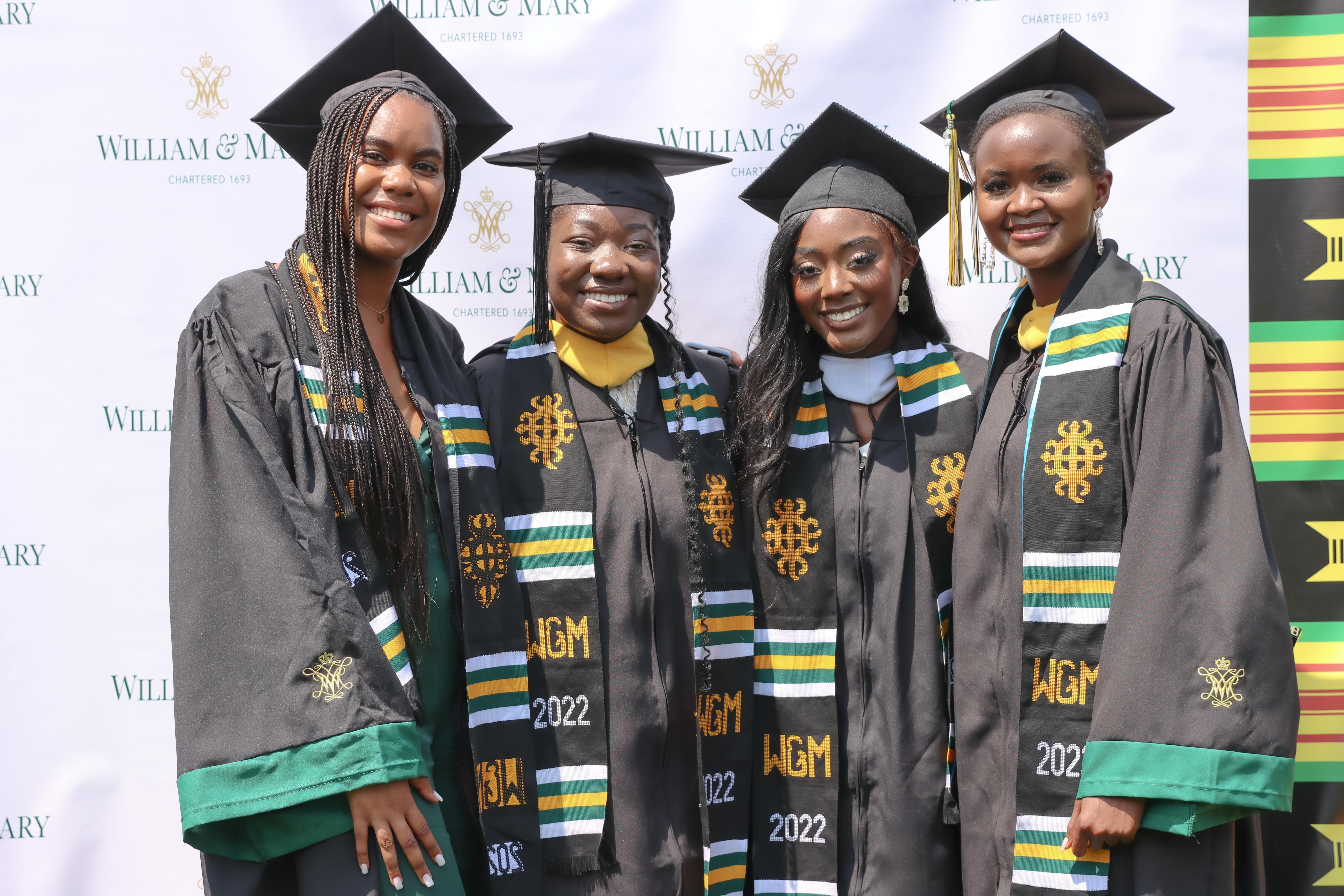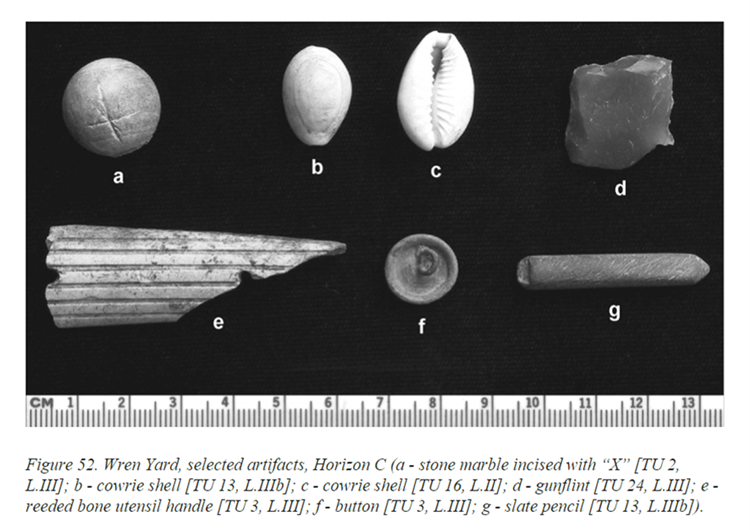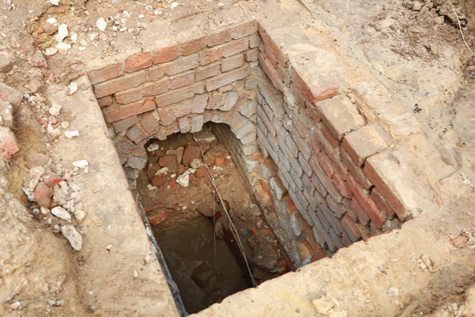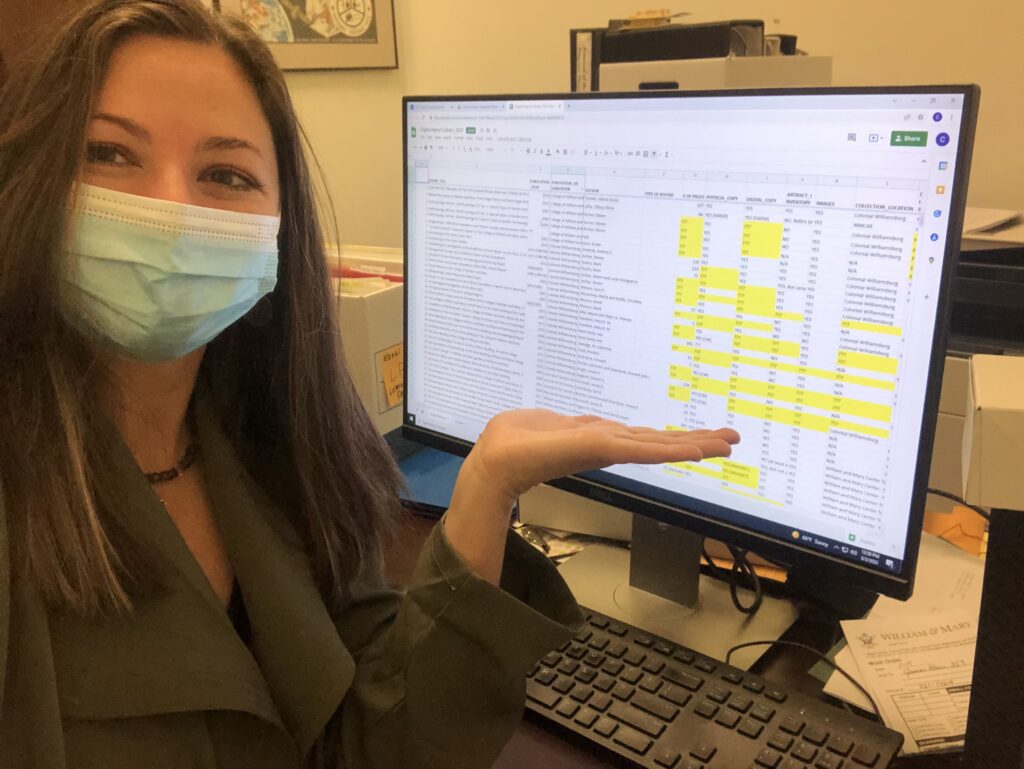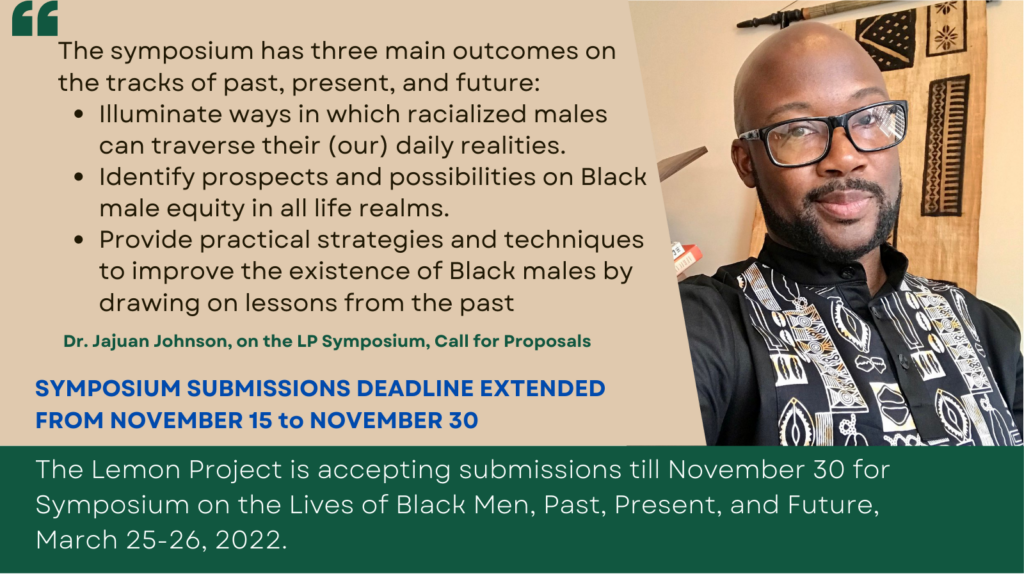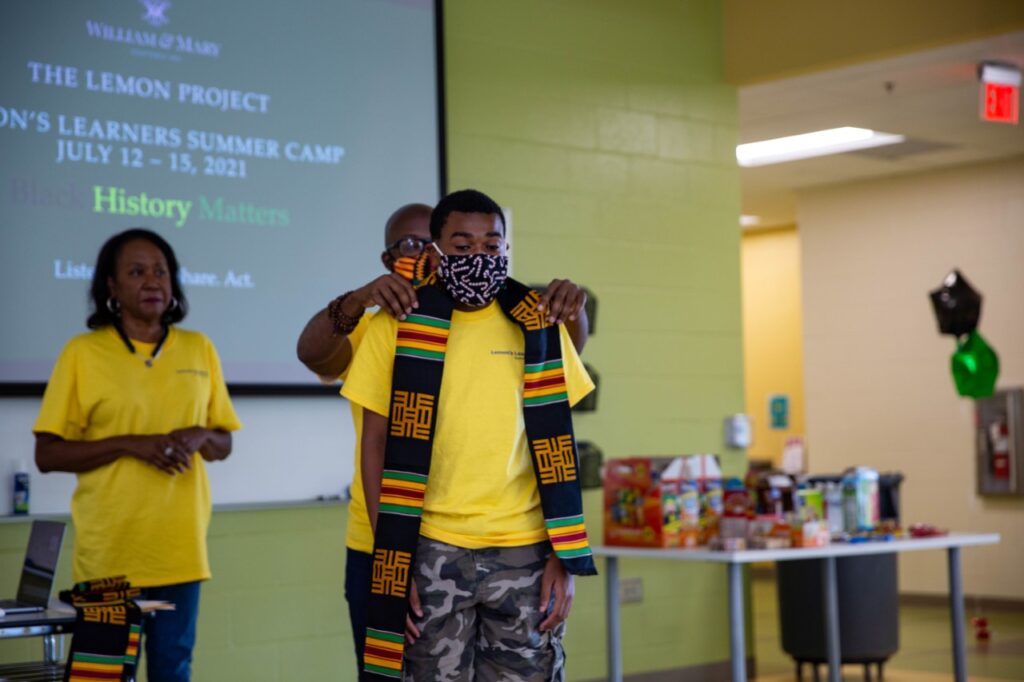By Jajuan Johnson, Ph.D., Public Historian for Research & Programs, The Lemon Project & University Libraries
The mission of the Lemon Project centers on bridging the gap between William & Mary and African American communities through research, programming, and support for students, faculty, and staff. To achieve this mission, Dr. Jajuan Johnson invited various partners and friends from both on-campus and off-campus to participate in a bi-semester convening known as a “public humanities gathering.” The meetings aims to strengthen our alliance as scholars and practitioners who collaborate with individuals and groups on public history projects, educational initiatives, and STEM-related endeavors through the multi-disciplinary approach of public humanities.
During the first meeting, we tackled the question: What is public humanities? Because our projects are situated in a higher education institution, other conceptions of our group’s definition of public humanities include a commitment to the ethics of our fields, adherence to the institutional value of belonging, and democratization in project development. We are committed to doing good public humanities.

The gathering is also a space for recognizing collaborative and co-creative work, often less noticed than traditional academic output. William & Mary is home to numerous public humanities initiatives done by programs, such as the Lemon Project: A Journey of Reconciliation, James Monroe’s Highland, the Bray School Lab, Muscarelle Museum of Art, and University Libraries, to name a few, so our bi-semester meetings is an opportunity to learn more about the goals, objectives, and public programs of each entity leading to a few collective goals of the public humanities gathering. The future plans include a public humanities awareness event, the development of a newsletter or information clearinghouse, and further uniting with colleagues at W&M and other institutions to strengthen public-engaged scholarship.
Engaging Communities in Critical University History – NCPH Conference 2025
The 2025 National Council on Public History conference in Montreal, Quebec, Canada, drew historians globally on the theme Solidarity/Solidarité. The proclamation is a charge for public historians “to consider our shared responsibilities and mutual obligations to realize solidarity within our organizations, with the communities we serve, and with the wider world we live in.”[1] In response to this call, a roundtable was assembled by colleagues with Hopkins Retrospective, a public history initiative exploring the history of Johns Hopkins University. The roundtable, Engaging Communities in Critical University Histories, included Kirt von Daacke from the University of Virginia/Universities Studying Slavery Consortium, Jajuan Johnson with William & Mary’s Lemon Project, and Allison Seyler and Ve’Amber Miller of Johns Hopkins/Hopkins Retrospective.

The session focused on how public history projects housed in universities can ethically engage with local communities, emphasizing difficult histories and centering historically underrepresented voices. In the first half of the roundtable, presenters shared models for working in solidarity with local community stakeholders. In the second half, representatives from each institution led small group discussions, during which audience members shared issues they faced at their institutions and brainstormed various ways to enhance community collaborative practices and power-sharing in our public history work. The National Council on Public History announced its 2026 theme: The Work of Revolution. The organization is partnering with the American Association for State and Local History for the Providence, Rhode Island conference.
[1] National Council on Public History, NCPH News: https://ncph.org/news/ncph-2025-cfp-now-open-through-july-15/
Comments closed





